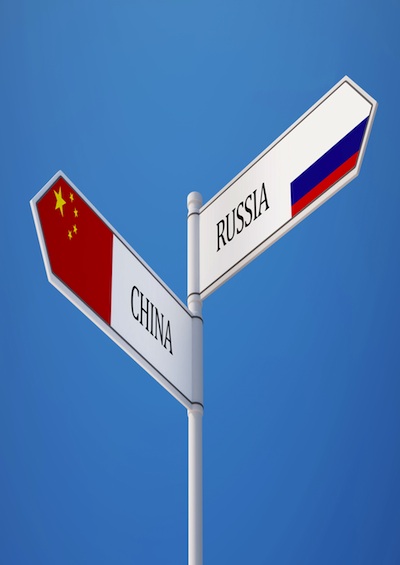Hollywood Vs. Bollywood
Is the global movie dominance of Hollywood being infiltrated by Indian cinematic style?
July 13, 2002
Ask the average American what they think of “Bollywood,” and they might look at you strangely. Are you mispronouncing the name of the global cinematic capital? Or is it a strange suburb of Los Angeles, directly adjacent to Hollywood?
If you ask the same question elsewhere in the English-speaking world, you wouldn’t get a perplexed look at all. In Britain, Australia, and especially in Asia, they’d know that you are talking about the films made by Indian filmmakers.
In particular, they’d know that you most probably are talking about the fanciful romantic musicals made in India. They typically feature large casts singing and dancing in carefully choreographed pageants of love.
This is especially true in parts of the world where the British Empire once held sway. In the United Kingdom, for instance, “Bollywood” has become as much a part of the culture as Indian cuisine. (Just try escaping the onslaught of chicken tikka masala.)
British rock groups such as Cornershop, a Bristol band which incorporates Indian music into its sound, can have a hit called “Brimful of Asha” — and no one even blinks.
Everyone knows that lead singer and songwriter Talvin Singh is singing about 1960s Bollywood superstar Asha Bosle.
Slowly but surely, however, Bollywood’s visual style is starting to infiltrate the Hollywood sensibility as well. The first wave was through music videos such as the one that British DJ combo Basement Jaxx made for the group’s recent hit “Romeo.”
The video was a complete homage to the visual style of Bollywood movies — from the dancing gangs of attractive women and men to the corny love story in the video.
An even greater U.S. audience was exposed to the Bollywood sensibility by Australian director Baz Luhrman’s film, Moulin Rouge.
The filmmaker who tackled dance with Strictly Ballroom and Shakespeare with an updated Romeo and Juliet crafted Moulin Rouge as a tribute to Bollywood.
When Ewan McGregor and Nicole Kidman suddenly break into song, or when the singers and dancers seem to drop out of nowhere into a scene, you’re getting a strong stylistic flavor of Bollywood.
It appears that these samples of Bollywood’s flavor are going down well in the United States. But thus far, these tastes have been visual or directorial — and not musical.
Thus, the success of a film such as Monsoon Wedding is yet another advance perfect. Director Mira Nair’s film not only adopts the stylistic strategies of Bollywood films, but it gives its audience a taste of the Indian music as well.
The soundtrack to Monsoon Wedding includes a variety of music from India and its environs — including a passionate and soulful anthem from the Pakistani master Nusrat Fateh Ali Khan and updated and remixed dance versions of traditional Punjabi love songs.
As Nair writes in the liner notes to the album, the Monsoon Wedding soundtrack “is my own intensely personal mosaic of music.” The music contained on the Monsoon Wedding soundtrack is a rich cornucopia of Bollywood sounds.
The organized cacophony of a song such as “Baraat” — a brassy flowering of horns recorded specifically for the film — captures the dancing and vitality of an Indian wedding. Other songs on the album, such as the colorful call and response anthem, “Mendhi” or the crackly swoon of “Your Good Name,” also bring to mind the deep traditions celebrated by Nair’s film.
Yet, in keeping with its suddenly sweeping influence, the soundtrack to Monsoon Wedding updates and modernizes these traditional classics, giving the entire enterprise a touch of modernity. At the end of the album, some of the songs are even “remixed” to give them a even more buoyantly contemporary feel.
Perhaps it is this willingness to take in a musical sense as well as give which makes Monsoon Wedding and its soundtrack such a signal event. After all, one of Hollywood’s main successes has been assimilating and broadening the film styles of other countries.
Whether it be the Italian “spaghetti Western” or the stylized violence of Hong Kong thrillers, the U.S. film industry has had an uncanny knack for taking the world’s cinematic styles and molding them. With the recent Bollywood invasion, can the day be too far off when people around the world see a singing dancing love story come from Hollywood — and not Bombay.
Read previous

The Great Game: The 2020 Edition
July 12, 2002